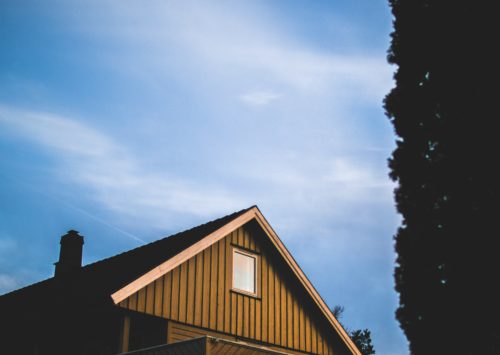 Racial disparity in rooftop solar PV deployment has historically been attributed to income or home ownership inequality in communities of color. But a study by Tufts University and the University of California, Berkeley, found the disparity remains even when adjusting for those two factors.
Racial disparity in rooftop solar PV deployment has historically been attributed to income or home ownership inequality in communities of color. But a study by Tufts University and the University of California, Berkeley, found the disparity remains even when adjusting for those two factors.
“For me, it was like a bucket of ice water in my face that really, really hit home,” said Melanie Santiago-Mosier, senior director of Vote Solar’s Access & Equity Program. “That despite income and despite homeownership, there’s a very pronounced disparity in terms of rooftop solar deployment based on race, and that was horrifying for me to read.”
Vote Solar’s mission is to bring solar to the mainstream — meaning no one gets left behind — so the organization has been working on solutions for bringing solar to low-income communities for some time. But after reading this study, Santiago-Mosier said there’s a need to more deeply examine the underlying inequity in solar beyond the previously known roadblocks.
“We already knew that there were challenges in deploying solar for lower-income communities, but now I think we’re starting to sharpen our focus and think a little bit more about what equity means and what we can do about it,” she said.
The Tufts study identifies the disparity but does not outright name the causes. It does provide some hints, though.
Lack of initial solar seeding
The social diffusion effect, also known as “seeding,” is the phenomenon that homeowners are more likely to install solar if their neighbor does.
The Tufts study found black-majority communities suffer from a disproportional lack of this initial solar deployment. However, when communities of color are seeded with solar, the resulting deployment significantly increases compared with other racial/ethnic groups for median household income below the national average. This means solar installers are missing out on business by not selling to these communities.
“What that tells me is that solar salespeople are simply not going into those communities,” Santiago-Mosier said. “I think that is just something that we need to recognize and think about and be humble about.”
Seattle-based installer SolTerra Solar (No. 254 on the 2019 Top Solar Contractors list) has a diverse company makeup and is led by a woman CEO, but even this progressive company acknowledges a disparity in its clientele. CEO Aimee Carpenter thinks the problem starts with marketing.
“My first guess would be that the normal means of solar marketing and how and where people are searching for these home-improvement projects is specifically targeting more affluential neighborhoods or more white neighborhoods,” Carpenter said.
She thinks a first step is going beyond the typical outreach methods when it comes to marketing solar, and even talking with community leaders to determine how to reach communities of color.
“I think this will inspire me to be a little bit conscientious about my outreach efforts and look into whether or not I can contribute to changing the status quo,” Carpenter said.
The Rural Renewable Energy Alliance (No. 295 on the 2019 Top Solar Contractors list) is a nonprofit installer focused exclusively on low-income installations, but executive director Jason Edens hypothesized that there’s some implicit bias at play in traditional residential solar marketing.
“Most sales strategies are probably myopically targeting those communities that they perceive to have the means to invest in solar, and unfortunately a lot of biases and discriminatory thinking or practices come to play in those sales and marketing strategies,” Edens said. “I think oftentimes, lower-income communities and/or communities of color might be perceived by some developers as not prioritizing environmental attributes or environmental aspirations.”
Edens sees this perception proved wrong in his company’s installations for First Nations and other low-income communities. He’s found the social diffusion effect is strong in First Nations communities — when one installation goes up, the neighbors start asking how they can get a solar rooftop too.
Maryland-based solar installer Solar Energy World (No. 85 on the 2019 Top Solar Contractors list) said its parameters for targeted solar marketing have to do only with roof space and home ownership status. The company only targets residential roofs that can fit 15 or more solar panels. Chief marketing officer Laureen Peck said Solar Energy World’s advertisements feature people of different races, which may help assure people of color that solar is not just for white, affluent people. The company holds workshops about going solar and sees a diverse turnout that’s also reflected in its client base.
All three companies recognize the increased potential of other residents going solar once a neighbor does, and some even have dedicated marketing campaigns to capitalize on the social diffusion effect. Carpenter acknowledges that making a concentrated effort to seed solar in communities of color could help close this rooftop solar racial gap.
“If a person of color sees only white homeowners installing solar and they don’t see anyone in their community doing it, it may seem or be perceived as more out of reach than it really is,” Carpenter said. “Whereas if there are community leaders or influential families in a specific community or neighborhood that have solar now, all of a sudden that’s going to open the dialogue that otherwise wasn’t there before.”
Lack of representation
Marketing doesn’t exist in a vacuum — the people at the top of a company influence sales strategies. So, when all the top influencers are white men, it’s no wonder communities that look like them are getting most of their marketing attention. The “U.S. Solar Industry Diversity Study 2019” by The Solar Foundation found that among all senior executives reported by solar firms, 88% are white and 80% are men.
“It just makes me wonder, if white people are making all these business decisions, is it any wonder that white people are being served by solar?” Vote Solar’s Santiago-Mosier said. “I think that there’s an opportunity here for the solar industry to rethink its sales strategies, to rethink its marketing strategies and to rethink frankly who is in those positions to do the sales, to do the marketing, to make business decisions and so on.”
SolTerra’s Carpenter said she’s noticed her company has had success accessing clients not typically served by other traditional solar companies because there’s a strong interest in supporting woman-owned businesses in Washington state. She thinks her unique position as one of the few female solar CEOs may allow her to access even more markets that are racially diverse as well as gender-diverse.
Carpenter’s diverse staff didn’t just happen passively. She was devoted to hiring a 50/50 male/female sales staff, but she found that mostly men applied to the role. She had to personally seek out women for her sales team, and she thinks that same intentionality is needed to hire a racially diverse staff.
“There’s an imposter syndrome challenge that is faced with both women and people of color, where they don’t see anyone that looks like themselves in a leadership role or a technical sales role, and the opportunity that they may have there, they dismiss themselves from,” she said.
Canopy Energy (No. 169 on the 2019 Top Solar Contractors list), based in Van Nuys, California, said the company knows solar support is strong throughout the state, but especially in communities of color. COO Jordan Cohen said the company hires from these communities at all levels, from engineers to managers.
“The word of mouth is very efficient because they get to experience it from within and provide trust in these communities because they live in them,” Cohen said. “We believe that they are our best ambassadors.”
Santiago-Mosier sees intentionality as a key factor to solving the disparity in rooftop PV deployment. She said that business as usual may not have intended to leave communities of color out of solar but has inadvertently done so anyway. The path forward is one where companies go out of their way to engage with communities of color on their terms, hire diverse staffs and begin seeding solar in communities that don’t have it.
“Everyone in the solar industry just really needs to think critically about who’s in its workforce and who are the consumers,” Santiago-Mosier said. “I think it’s just being a little bit vulnerable, aware and willing to share power and making a commitment to act with more intentionality.”
She acknowledges this change won’t happen overnight, but also knows the stakes are high. The United Nations found the world has less than 12 years to limit climate change catastrophe.
“We need every single voice out there chiming along with us, demanding action right now to implement more clean energy technologies to get solar out into the world everywhere,” Santiago-Mosier said. “If communities of color are not seeing the benefits of clean energy, what reason would they have to join in the fight? We really have to be sure that there’s a reason for people to fight along with us.”
This story was featured exclusively in our 2019 Top Solar Contractors issue. See the issue and full list of top U.S. solar installers here.

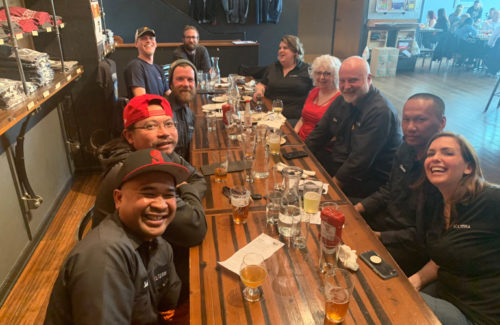
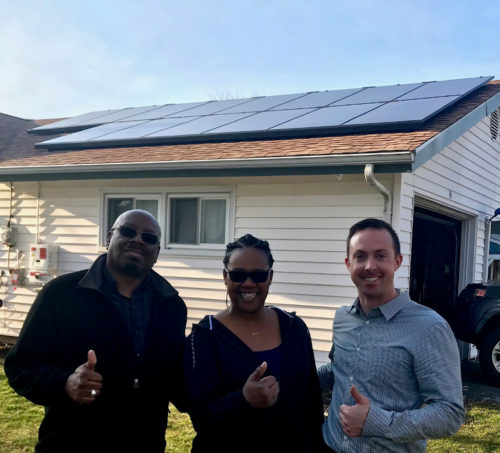
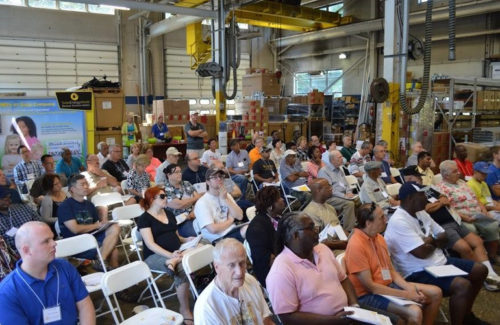



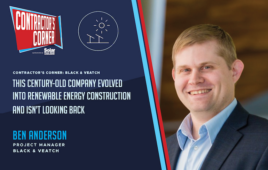
Great Message and the vision behind what we do at our company every day!